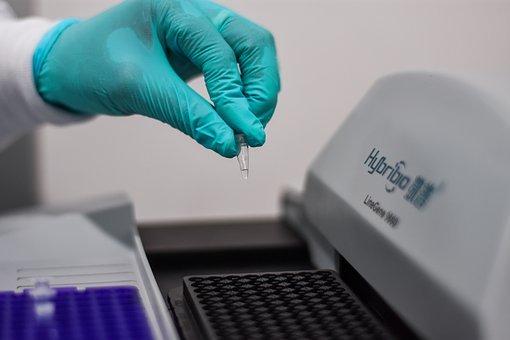1. Physical examination
The signs of infection should be checked, whether there is
cervicitis should be checked, the signs of PID should be checked carefully, including the pain of cervical lifting and tenderness in appendix; increased vaginal discharge should not be ignored, and the cultivation of cervical secretion is a good choice.
For patients with the signs of uterosacral tenderness or nodule
endometriosis should be checked by rectovaginal examination; If the patient has ever suffered from this disease, the examination of Chlamydia antibody (CAT) should be carried out. Many studies support the relationship between cat and salpingal diseases. The sensitivity and specificity of retrospective analysis are 92% and 70%, respectively.
2. Auxiliary inspection
If the risk of fallopian tube disease is low or there is no other cause of infertility, HSG is preferred. If patient has a high risk or the possibility of the disease, laparoscopic evaluation can be considered. The gold standard for fallopian tube evaluation was laparoscopy and Hydrotubation.
2.1 Hydrotubation
It is to use methylene blue or normal saline to inject into the uterine cavity from the cervix, and then flow into the fallopian tube from the uterine cavity, and judge whether the fallopian tube is unobstructed according to the size of resistance and the condition of liquid backflow during the injection.
Due to the advantages of simple equipment, simple operation and low price, this method was widely used before the 1980s. However, in clinical practice, it is found that this method has a high misdiagnosis rate, so it is not an ideal examination.
2.2 Hysterosalpingography (HSG)
It has been used since the 1920s, and it is a rapid, economic, and less dangerous examination. It injects high specific substances (such as iodine, meglumine diatrizoate, etc.) with a high atomic number into the uterine cavity through the cervix tube and forms obvious artificial contrast with the surrounding tissues under X-ray.



